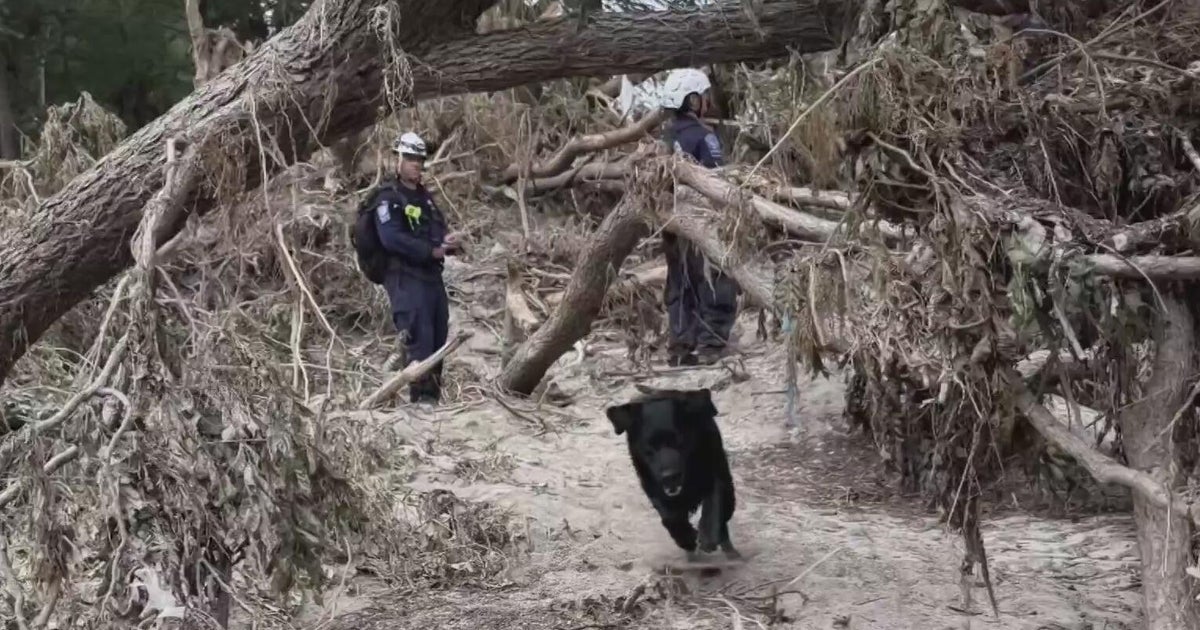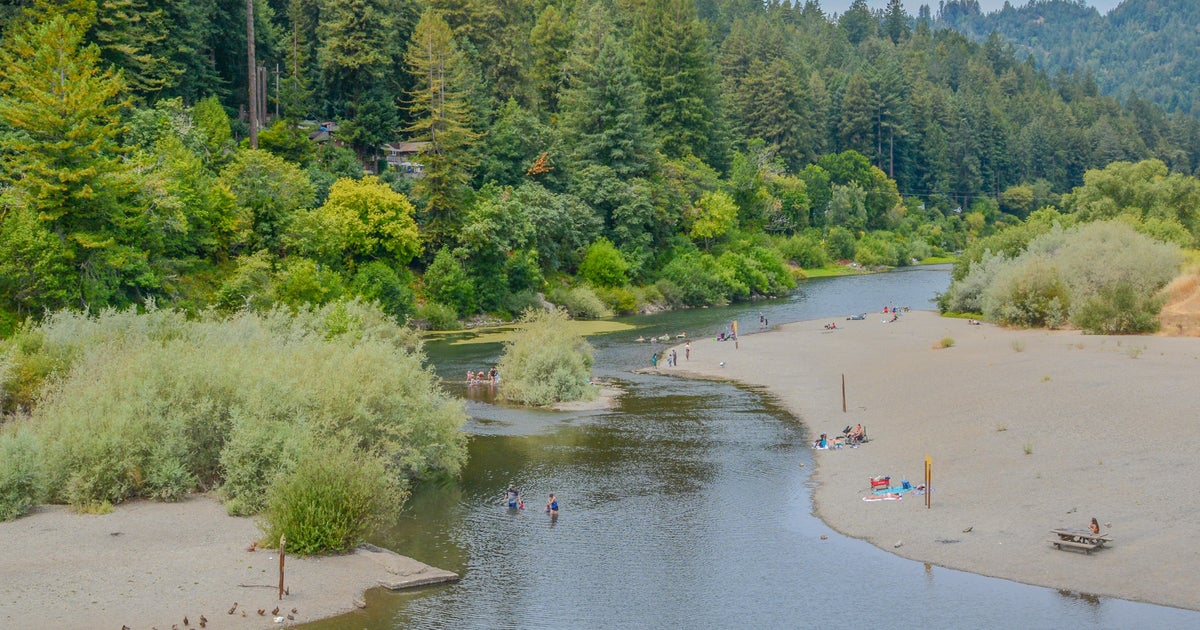How To Survive Deadly Rip Currents At San Francisco's Ocean Beach
SAN FRANCISCO (CBS SF) -- The hot weather has people flocking to beaches but a perfect day in the sun can quickly turn tragic.
A man recently drowned at San Francisco's Ocean Beach and five teenagers had to be rescued last week and ended up in the hospital after nearly drowning.
The waters off Ocean Beach can turn dangerous and deadly because of extremely strong rip currents that have led to dozens of rescues in June.
"A rip current is when the energy of the waves come in and the water has to go somewhere so what happens is water takes the easy way out," said San Francisco firefighter and rescue swimmer Liam Murphy.
The waters may look inviting from a distance, but experts warn that rip currents are often hard to spot.
"There will be waves breaking on one side, waves breaking on the other side, and then deep water." Murphy said. "Everyone says let's go swimming there. There are no waves breaking there. That's when you get in trouble,"
"It doesn't matter whether you're Michael Phelps," Murphy continued. " It doesn't matter if you're a great swimmer. You're going to get tired. You're fighting a river in an uphill battle."
Just last week San Francisco firefighters and lifeguards from the National Park Service rescued five teenagers from drowning.
"Throughout my career I've seen that story time and time again," said SFFD Battalion Chief Mike Maloney. "People out there expecting to have a great time at the beach and then end up being in trouble and having a terrible accident."
San Francisco Fire Department officials spent Wednesday training and re-certifying dozens of firefighters at China Beach. Within the department, 300 of the more than 1800 firefighters are now currently certified as rescue swimmers.
"The beach creates sandbars and what happens is it creates sandbars with rivers alongside them," Murphy said. "So what will happen is a wave comes in and creates a feeder into a low point and start sucking you out."
San Francisco firefighters say they respond to on average 180-to-200 rescues each year.
"90% of rescues are due to the fact that people turn around and some straight back to shore," said Murphy.
The correct move that's easy to remember and could end up saving your life or someone you know is to swim parallel to the shore first, rather than straight back to shore.
"Waters coming in creates a river that goes out and you need to get parallel to the shore, onto the sand bar, or where the waves are breaking and then use the waves and sand bar to get pushed back in," said Murphy.
Before you go into the water, first responders say there's a safe way to know the conditions.
"Don't be afraid to go up to a lifeguard or fire department and ask them that day where is it OK for my kids to get in the water," said Murphy.



